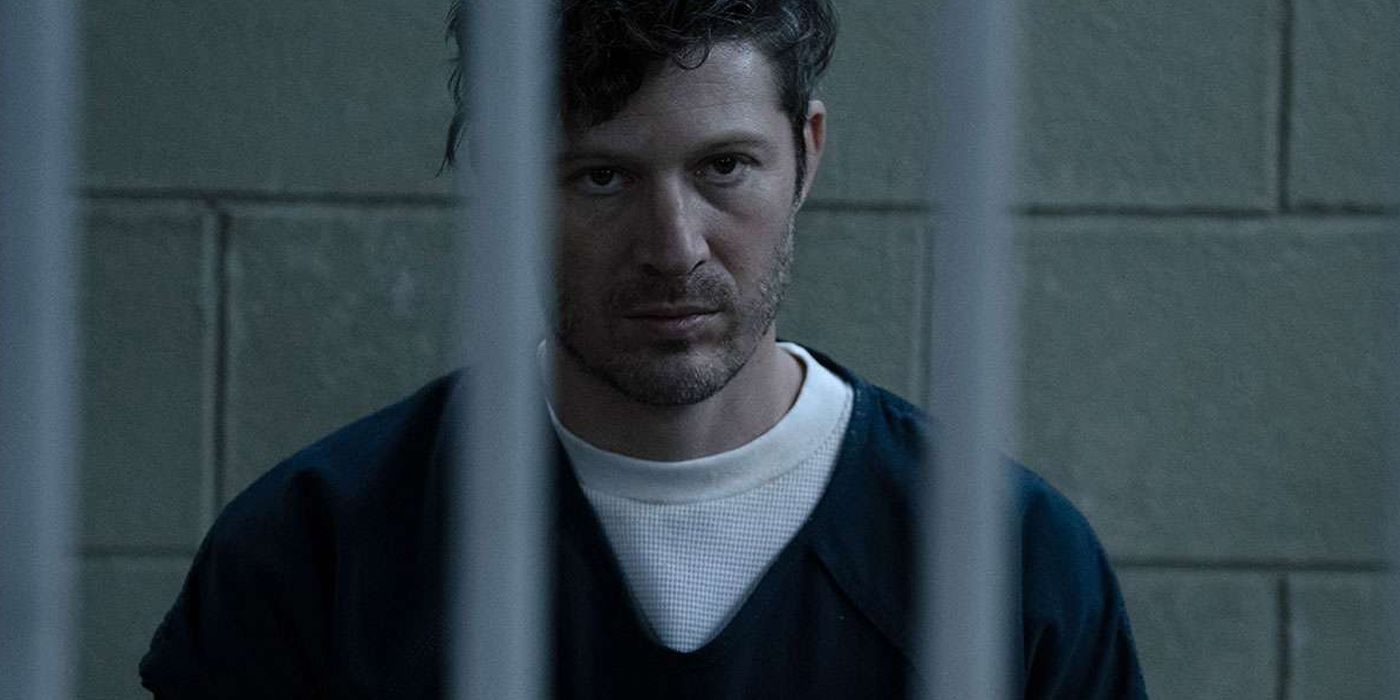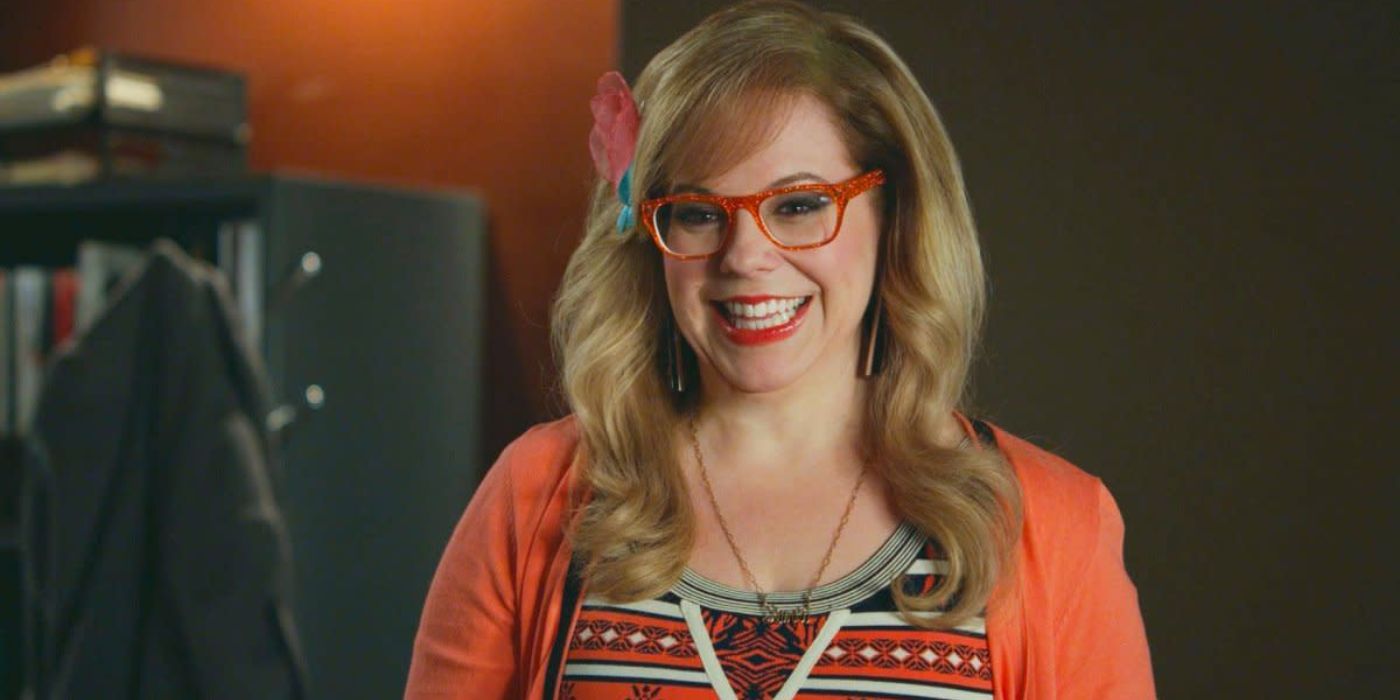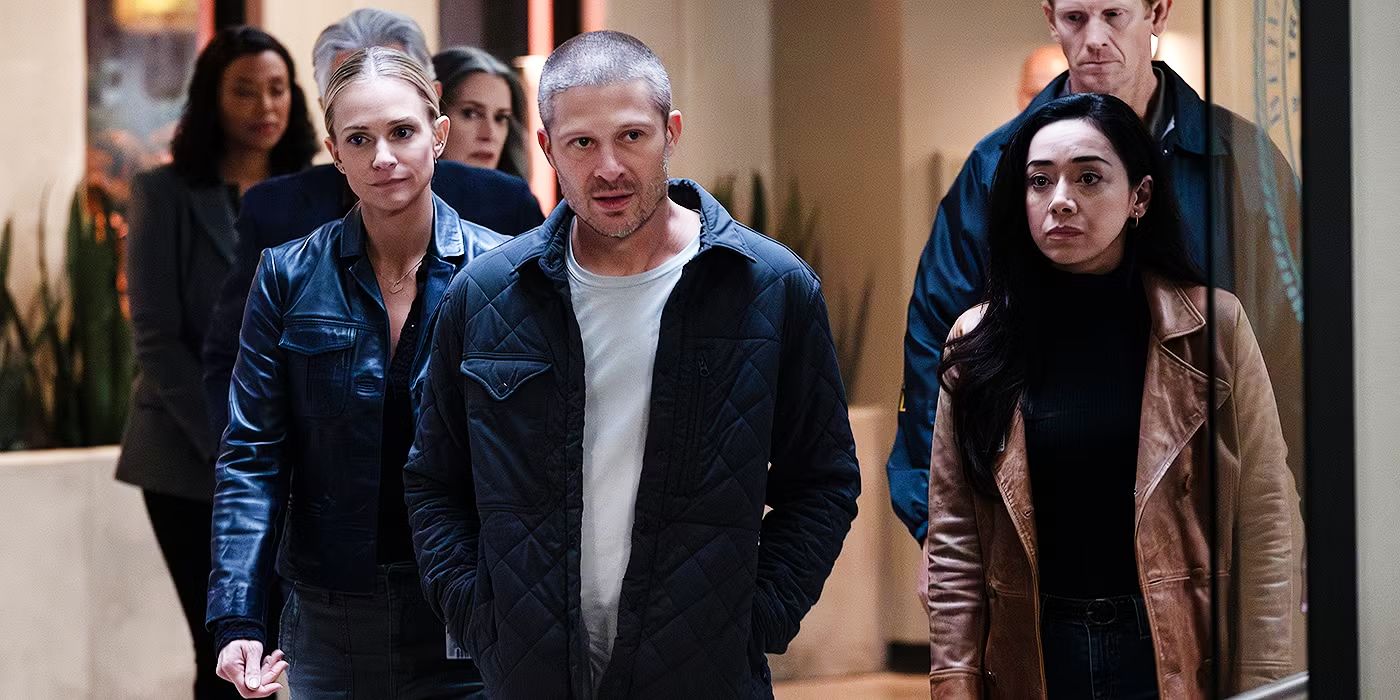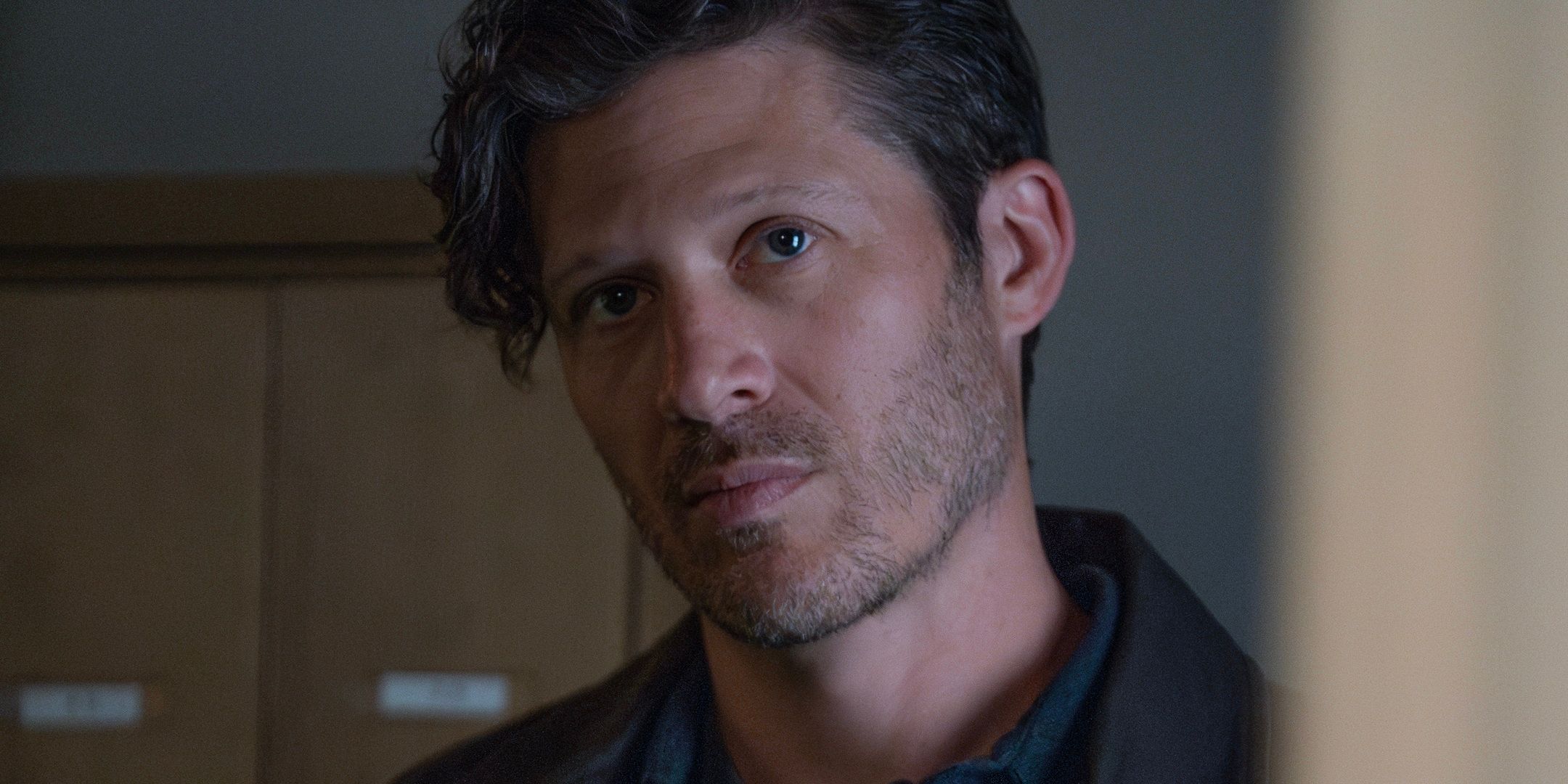A Single Throwaway Criminal Minds Scene Quietly Teased a Major Change for 1 Character Who Broke a 15-Season Trend
Few shows in television history have sustained a character dynamic as consistently as Criminal Minds. For 15 seasons, the series followed a predictable, but mostly successful formula: a rotating team of brilliant FBI profilers track down and outsmart the nation’s most dangerous criminals (a lot of them being serial killers). These killers—called “UnSubs” (Unknown Subjects)—were almost always relegated to one-off villain status, seen solely through the lens of profiling, pathology, and eventual capture.
That trend seemed unshakable until Criminal Minds: Evolution introduced Elias Voit, played with chilling nuance by Zach Gilford. But a single moment between Voit and Penelope Garcia in Season 2 hints at something no killer in the franchise has received before: a real chance at redemption. So what did that scene really mean? And how does it signal a major shift in the Criminal Minds universe? Elias Voit could break the mold as the first main character who started out as a killer, and Garcia’s reaction tell audiences about the future of this potentially groundbreaking twist that changes the show in a massive way.
The BAU Sees a Monster, But Garcia Sees a Man
Voit’s Layers Make Him One of the Franchise’s Most Complex Criminals
The moment in question happens quickly, easily lost amid the chaos of the BAU’s new investigation. In Season 17, Episode 10, while trying to mediate an escalating confrontation between Tyler and Voit, something unexpected occurs. In a deep stare between him and Garcia (initiated by the latter), something unspoken passes between them. Garcia, always emotionally in tune, seems to see more than meets the eye. Her expression is wary, but not void of curiosity or empathy.
What makes Elias Voit stand out isn’t just his central role in the new season—it’s his complexity. Unlike most UnSubs, Voit isn’t driven by impulse or immediate trauma. He’s calculating, intelligent, and frighteningly organized. But he’s also shown as a husband and father. He shows genuine love for his children, even while hiding his monstrous double life. This dichotomy raises important questions about whether Voit is purely a psychopath or a man struggling with two selves.
Zach Gilford’s performance adds to this nuance. His voice isn’t loud or overtly unhinged; he’s soft-spoken, introspective, and almost painfully self-aware. Viewers have seen him cry, experience guilt, and—in one of the most shocking turns—agree to help the BAU catch other killers in his network. This collaboration is unprecedented. Never before in the series has a known killer become embedded in the team’s investigative structure.
Is Voit Redeemable—Or Is Garcia Just Seeing What She Wants to See?
Her Hyperempathy Has Always Been Her Superpower and Her Greatest Downfall
Garcia has always been the BAU’s most forgiving character. In earlier seasons, she often advocated for alternative perspectives, looked into victims’ pasts with a deeper emotional investment, and occasionally challenged her team’s colder tactics. She sees patterns, but she also sees people. That strength, however, can also be a weakness.
Is Garcia really seeing a glimmer of humanity in Voit—or is she projecting, as she has in the past, a sense of hope onto someone who doesn’t deserve it? Her tendency to look for the best in others, even at her own expense, is well-documented. She once dated an ex-con, gave aid to reformed hackers, and regularly reminds her colleagues that people can change. While noble, this trait has occasionally clouded her judgment.
Garcia and Voit’s Connection Could Shape the Franchise’s Future
And It Could Change Everything for the BAU
The relationship between Voit and Garcia could evolve into something more impactful than just shared screen time. If Criminal Minds: Evolution continues to develop their dynamic, it could reshape the fabric of the show itself. Garcia’s ability to see nuance in Voit might influence how the team handles future UnSubs. It could also spark internal conflict if others begin to question whether redemption is ever truly possible in the world they inhabit. This would be especially true for Rossi, who has seen (and experienced firsthand) the darkest depths of Voit’s soul.
Voit’s presence among the BAU, even temporarily, is a major departure from tradition. Until now, serial killers on Criminal Minds were analyzed and then either imprisoned or killed. Voit’s collaboration challenges the team’s core philosophy. Could behavioral profiling be used not just to catch killers, but to rehabilitate them?
Voit’s Main Character Status Changes Everything
It Proves the Show’s Major Evolution
Voit’s presence in Criminal Minds: Evolution is historic for the franchise. For the first time, a serial killer is not merely a guest character or season villain—he’s a billed main cast member. This decision signals a major shift in how Criminal Minds wants to tell stories in its new era. It’s not just about solving crimes anymore. It’s about understanding the people who commit them on a deeper, potentially more empathetic level.
The moment between Garcia and Voit may have lasted only a few seconds, but its implications are massive. It symbolizes a potential evolution in Criminal Minds—from a show about criminal behavior to one about psychological complexity, empathy, and the gray areas in between. By breaking its long-standing tradition of one-dimensional villains, the show takes a risk—but it may be one worth taking.
Elias Voit may never be a hero. But his story, especially if intertwined with Garcia’s uniquely human perspective, could be the most daring the franchise has ever told. If Criminal Minds: Evolution continues down this path, it won’t just be profiling killers—it’ll be redefining how audiences understand them. And it all started with one fleeting look from the only team member willing to see past the monster.








